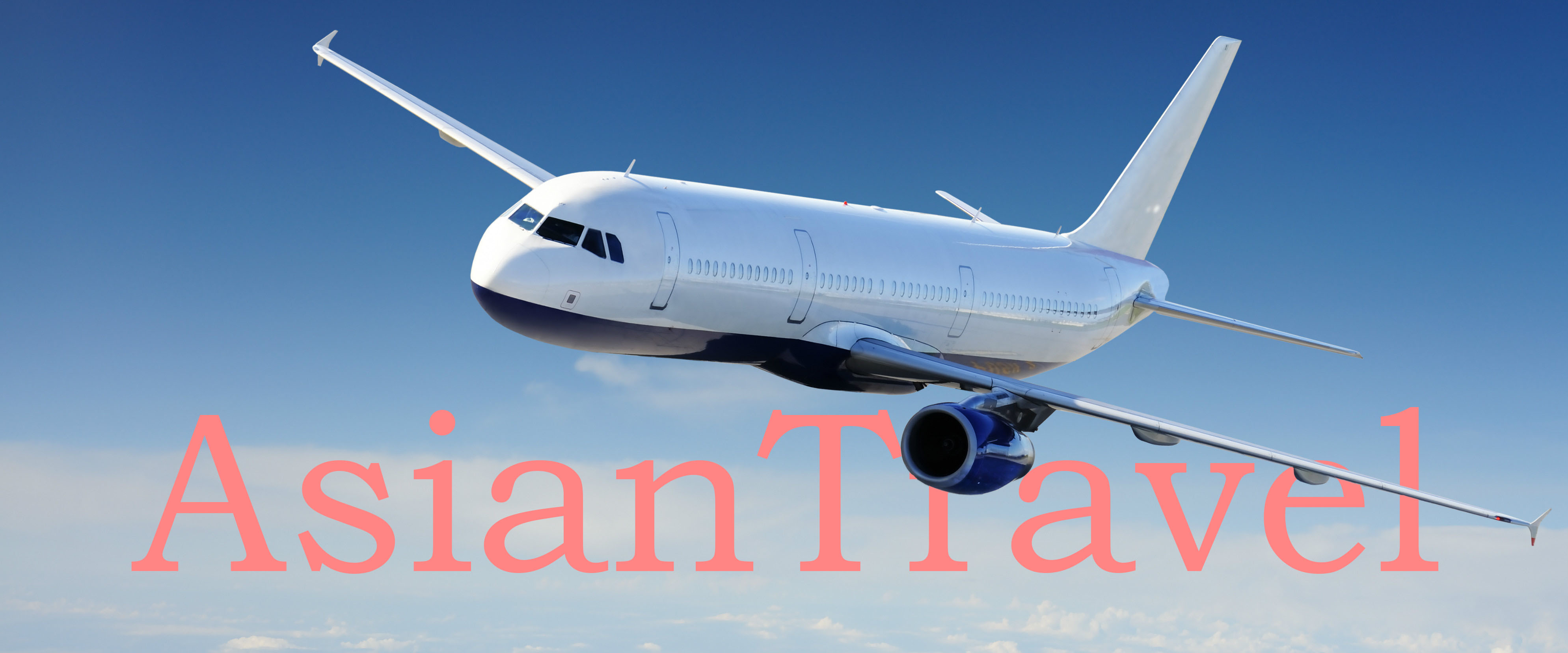As in all world regions, the wealth of Asia differs widely between, and within, states. This is due to its vast size, meaning a huge range of different cultures, environments, historical ties and government systems. The largest economies in Asia in terms of PPP gross domestic product (GDP) are China, India, Japan, Indonesia, Turkey, South Korea, Saudi Arabia, Iran, Thailand and Taiwan and in terms of nominal gross domestic product (GDP) are China, Japan, India, South Korea, Indonesia, Saudi Arabia, Turkey, Taiwan, Thailand and Iran.Total wealth is mainly concentrated in East Asia, India and Southeast Asia, while if measured by GDP per capita; is mostly concentrated in the East Asia in Japan, South Korea, Taiwan, Hong Kong, Macau, Singapore, and Brunei, as well as in oil rich countries in West Asia such as Saudi Arabia, Qatar, United Arab Emirates, Bahrain, Kuwait, and Oman.[9][10][11] Israel and Turkey are also two major economies in West Asia. Israel (entrepreneurship on diversified industries) is a developed country, while Turkey (founding member of OECD) is an advanced emerging country. Asia, with the exception of Japan (heavy industry and electrical sophistication), South Korea (heavy industry and information and communication technology), Taiwan (heavy industry and hi-tech parts manufacturing), Hong Kong (financial industry and services) and Singapore (high-tech manufacturing, biotechnology, financial and business services and tourism) in recent years, is currently undergoing rapid growth and industrialization . China (manufacturing and FDI-led growth[12]) and India (commodities, outsourcing destination and computer software) are the two fastest growing major economies in the world.
History of Asia:The coastal periphery was the home to some of the world's earliest known civilizations and religions, with each of the three regions developing early civilizations around fertile river valleys. These valleys were fertile because the soil there was rich and could bear many root crops. The civilizations in Mesopotamia, India, and China shared many similarities and likely exchanged technologies and ideas such as mathematics and the wheel. Other notions such as that of writing likely developed individually in each area. Cities, states and then empires developed in these lowlands.The steppe region had long been inhabited by mounted nomads, and from the central steppes they could reach all areas of the Asian continent. The northern part of the continent, covering much of Siberia was also inaccessible to the steppe nomads due to the dense forests and the tundra. These areas in Siberia were very sparsely populated.
